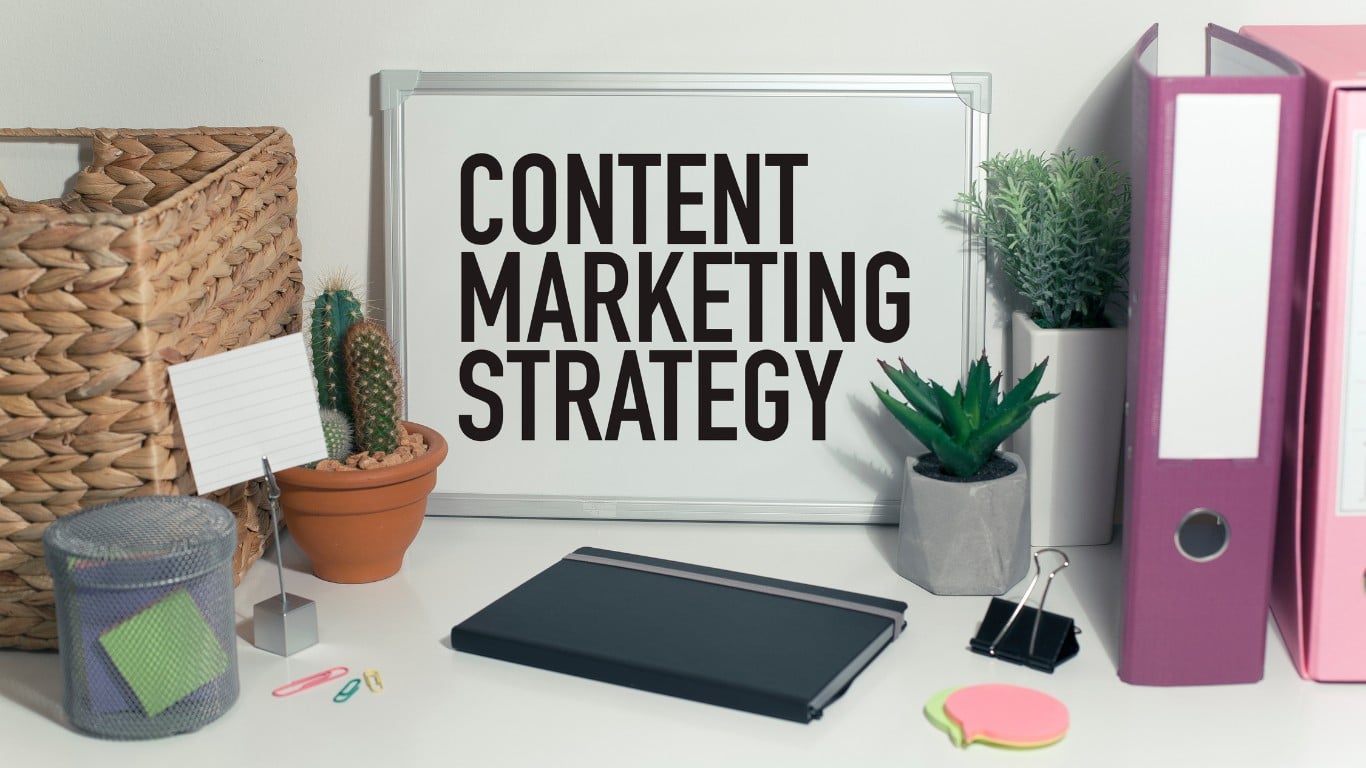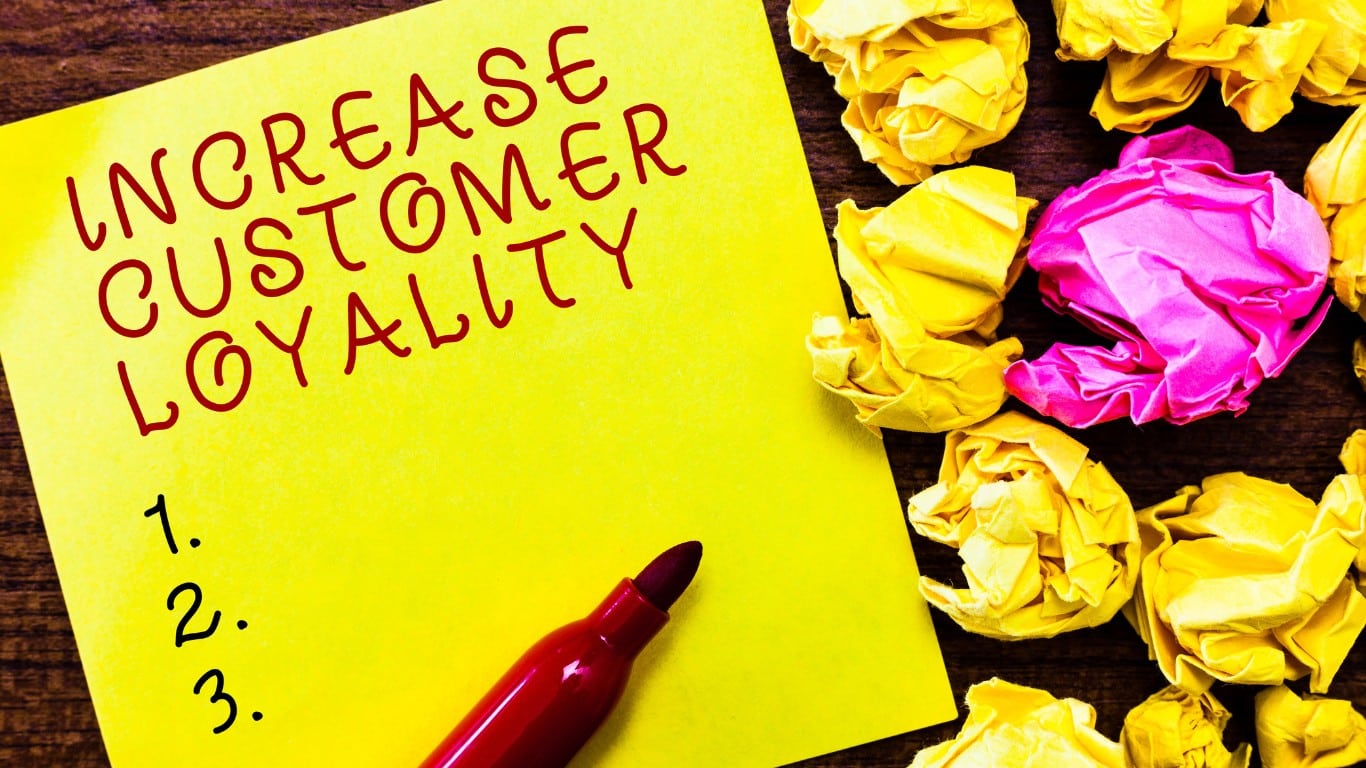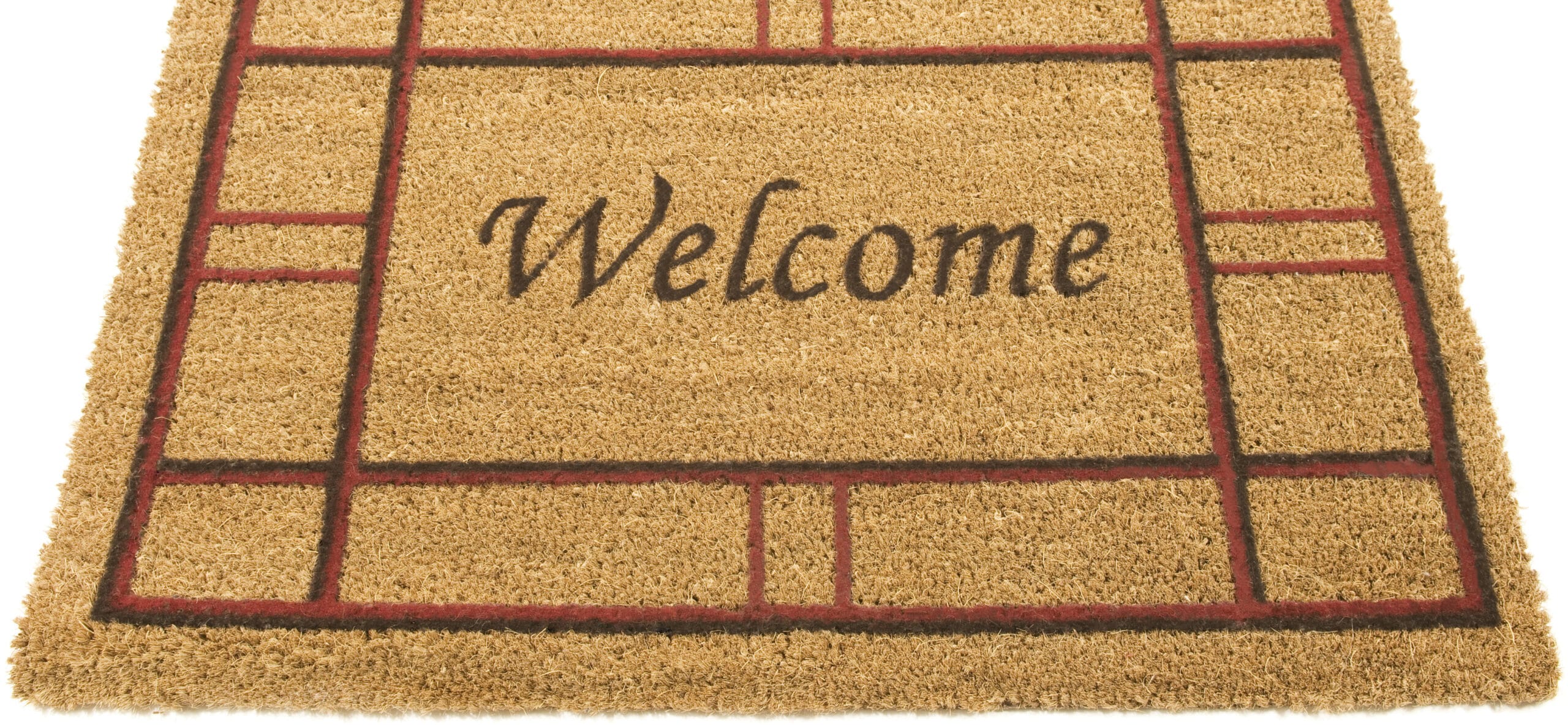SEO Copywriting and Content Marketing: Write to Your Target Audience and
Use SEO To Make Google Listen
SEO (search engine optimization) copywriting is the practice of producing website content designed to appeal to your human audience and search engine algorithms simultaneously. Writing for your website is not the same as writing for print; it has its own set of rules. There are many types of content, and not every type is appropriate for every business.
At Invite Them Home, we can use our Content Marketing Services to boost your existing content or work with you to create compelling new content to drive traffic, build credibility, and ultimately boost your bottom line.
Table of Contents
What does a content marketing agency do?
Our content marketing services include:
- ^Creating content marketing campaigns
- ^Market research to discover industry trends, topic clusters, and a keyword strategy
- ^Creating a content calendar
- ^Writing multiple types of content, including blogs, social media posts, landing pages, educational content, and more
- ^Ensuring all of your website's content is fully optimized for Google and other search engines, if applicable
- ^Incorporating a social media strategy, if applicable
- ^Tracking and measuring results to ensure our content marketing strategies are effective

How to develop a content marketing strategy:
Grab your visitor’s attention by putting your most important information first. A content-rich website doesn’t do much good if all that content goes to waste! Let the visitor and search engine know what you do and what the page is about upfront. If the user is interested, they will keep reading. This is called the inverted pyramid style of writing. A visitor should have a good idea of what you are going to say within the first few sentences of your written content.
Treat your visitors as if they have the attention span of a goldfish! Your visitors will have two things in mind. First, does your website have what they need? If so, can they find it quickly and easily? Visitors often spend only 10–20 seconds on a website before hitting the back button, but pages that clearly offer value will make them stay. Experts recommend that your web content prove its worth within 10 seconds. Show them you have what they are looking for and do not make them work too hard to find it. Use well-written and well-presented original content to make your website useful and user-friendly.

Aim content marketing efforts to your audience:
Remember, you are writing to real people, not a search engine. You need to understand how users read web pages; they don’t! They scan the content looking for keywords that lure them into reading more in-depth. If nothing they see is meaningful to them, they will return to the search engine results and try elsewhere. This will increase your bounce rate and hurt your conversions.
Treat every page as a “home” page. You can expect your visitors to arrive at your site on any page. Ideally, they will arrive at a page with the exact information they seek the first time. However, they may not, so all pages of your website should give them a basic understanding of your business and full, intuitive navigation to get them where they need to go.
It’s also essential to make a good visual impression. While we are not website designers, as content marketers, we know that your site and pages should be visually appealing. Reduce clutter and make the pages easy to scan. Use high contrast and fonts and font sizes that are easy to read.
High-quality content has a purpose:
When approaching content creation, keep in mind two key elements:
• What is the purpose of this content?
• Who is my intended audience?
What is the purpose of your content? All content should answer a question. This is more complex than you may think. You must ensure you answer the right question for the right audience. Determining searcher intent can be complicated. One of the main jobs in writing your digital content is attracting visitors who have questions which your product or service, and therefore your content answers.
Here are some examples of questions your audience may be asking. In most cases, a piece of content should focus on thoroughly answering ONE of these questions for ONE of your target audiences.
- ^Will your product or service solve my problem?
- ^How does your product or service work?
- ^Will your product or service work for my situation?
- ^I have a problem with your product or service. What should I do?
- ^Will your product or service solve my problem?
- ^How does your product or service work?
- ^Will your product or service work for my situation?
- ^I have a problem with your product or service. What should I do?
- ^Why should I choose you over your competitors?
- ^How much does your product or service cost?
- ^How or where can I buy what you are offering?
- ^What is your product's warranty or guarantee?
- ^Why should I choose you over your competitors?
- ^How much does your product or service cost?
- ^How or where can I buy what you are offering?
- ^What is your product's warranty or guarantee?
Your buyer personas must be accounted for when your content is created. It is likely that you have more than one audience persona. Each of your audience segments will have distinct characteristics. Examples of audience characteristics are:
- ^Education Level
- ^Job Position
- ^Location
- ^Gender
- ^Education Level
- ^Job Position
- ^Location
- ^Gender
- ^Age
- ^Interests
- ^Income Level
- ^Age
- ^Interests
- ^Income Level
Content type is not the same as content location
Blog Posts
Videos
Podcasts
Emails
Infographics
Webinars
Case studies
Presentations
eBooks
Whitepapers
Testimonials
Slide decks
Quizzes
Tools
The content type is related to your content goals. Your business goals may direct you to choose one of the platforms listed above, but in most cases, each can serve many functions.
- In broad terms, here are some common content marketing examples:
- ^Content for brand awareness
- ^Product or Service details
- ^Product Support / How To's
- ^Support information
- ^Product updates
- ^Sales information
- ^Shipping, Credit policies, etc
If you would like to improve your content quality to meet your goals, attract leads, and build customer loyalty, you’re in the right place! We can show you detailed data about your digital marketing footprint and that of your competitors. Our professional tools will allow us to research the language your target audience uses when making a search, and we will improve your content based on this information.
Key benefits of content marketing
Your digital marketing strategy will not succeed without content marketing, period. It offers undeniable benefits that are critical for your business growth. Take the time to learn about your audience, listen to their needs, and create content that fulfills their needs – even needs they don’t know they have!

Develop your brand’s credibility
The key to establishing trust and credibility is to craft highly relevant and insightful content. Stand out from the crowd by consistently providing valuable and polished content that distinguishes you from the deluge of spam they are used to seeing.
Did you know that 76.3% of statistics are made up? That’s not true, but it proves a point. Elevate your content’s credibility with the power of statistics, but they must come from a reliable source, and make sure to cite your sources. Aside from hard data, utilize the stories of influencers, employees, and customers to tell authentic stories that engage your audience. Most importantly, stand out from your competition and be the best answer for your community with thorough, accurate web content.

Improve conversion rate
By producing original and interesting content, you can easily inspire your audience to take the final step towards making a purchase or signing up for your service, thereby enhancing your content conversion rate.

Build customer loyalty
While customer acquisition may be a top priority in your content marketing strategy, it’s important not to overlook the importance of customer retention. Focusing on your current customers’ needs can help improve their loyalty and turn them into brand evangelists, ultimately leading to future revenue growth.
Top-performing content marketers recognize the value of customer loyalty, and more than 3/4 of them use content marketing to build it.
In marketing, absence does not make the heart grow fonder. Keep your business in your customers’ minds, and consider creating an exclusive collection of content for current customers. You can increase loyalty and drive brand advocacy by showing that you’re invested in more than just making a sale. Don’t let your customers forget about you; prioritize customer retention in your content marketing strategy for long-term success.

Improve your bottom line
Content marketing is an excellent way for businesses to improve their bottom line while offering the best customer service. Content marketing costs 62% less than paid advertising but generates three times more leads. Adopting a content marketing strategy can yield multiple financial benefits, including increased sales and cost savings. Content used effectively builds trust with potential customers and encourages more loyalty among existing customers, ultimately leading to higher profits.
Furthermore, content can be turned into a revenue source by creating products such as virtual programs or videos that can be sold directly or leveraging it as part of advertising campaigns for which you receive compensation. By investing in quality content, not only will you create better experiences for your customers, but you’ll also save money on costly traditional ad campaigns. Additionally, since customer loyalty increases with content marketing, so does customer lifetime value – giving your business more long-term profits per customer over time.
Content is the present – and future – of marketing
Content marketing is quickly becoming the go-to method for businesses to reach customers. It is no wonder that 69% of marketers and business owners plan to increase their content marketing budgets in 2023. Content marketing cuts through the clutter of emails, advertisements, and social media posts that often lack relevance or value. Instead, content marketing comes in handy when companies want to deliver useful and relevant information that adds value to their recipients’ lives without directly being linked to selling their product.
By providing consumers with a piece of valuable information or an entertaining experience, companies are establishing more meaningful connections with them and turning them into loyal customers. When done correctly and consistently, content marketing can produce better results than traditional techniques such as bulk emailing. Content is the main driver in accomplishing objectives like increased brand awareness, higher conversion rates, and more engagement from customers – which can ultimately lead to increased sales. As marketers continue looking for new tactics to reach their target audience effectively in this ever-changing digital landscape, content remains one of the most powerful weapons in their arsenal.
B2B content marketing
B2B content marketing is a powerful tool for expanding your business’s audience, building brand loyalty, and driving leads and sales. This specialized form of marketing is targeted directly to other businesses, providing authoritative and actionable information to help solve real commercial challenges and drive growth. However, according to a Semrush survey, 54% of businesses find attracting leads with B2B content marketing one of their biggest challenges. Thankfully, our team at ITH is here to help you create quality content specifically aimed at B2B relationships.
Unlike consumer-focused marketing tactics, B2B content marketing requires a clear, methodical strategy to capture the attention of other businesses. Defining clear objectives and understanding your long-term goals is crucial to success.
With the right approach, B2B content marketing can help propel your business forward and establish your brand as a leader in your industry. Our content writers will help you create a lead-generating B2B strategy and maximize your results.
Looking for the ultimate guide to content marketing? That’s us!
While you can read content about content marketing all day long, our experienced team at Invite Them Home will be your ultimate guide through the murky waters of content strategy.
Whether you are looking for blog writing, a content audit, or assistance creating an overall content marketing plan, we are happy to set up a no-obligation consultation at your convenience. Contact us to see how our content writing services can help you reach business goals you never thought were possible!


